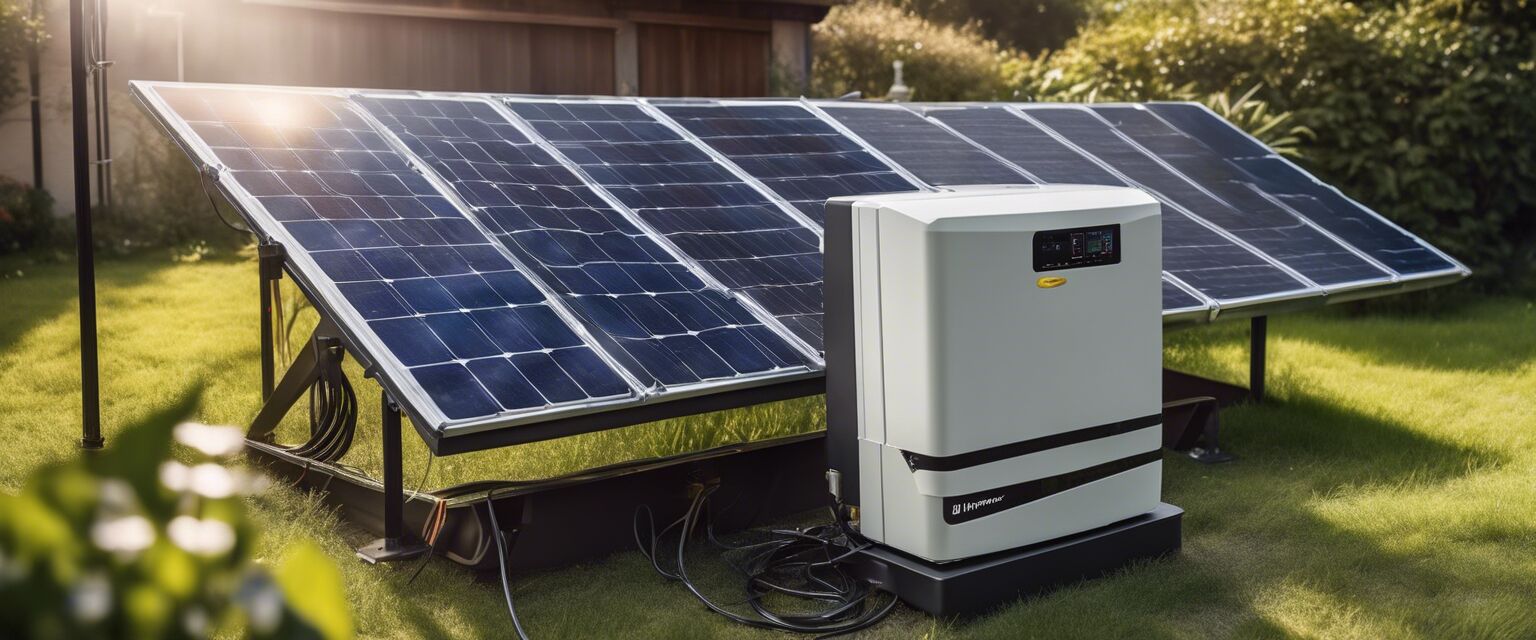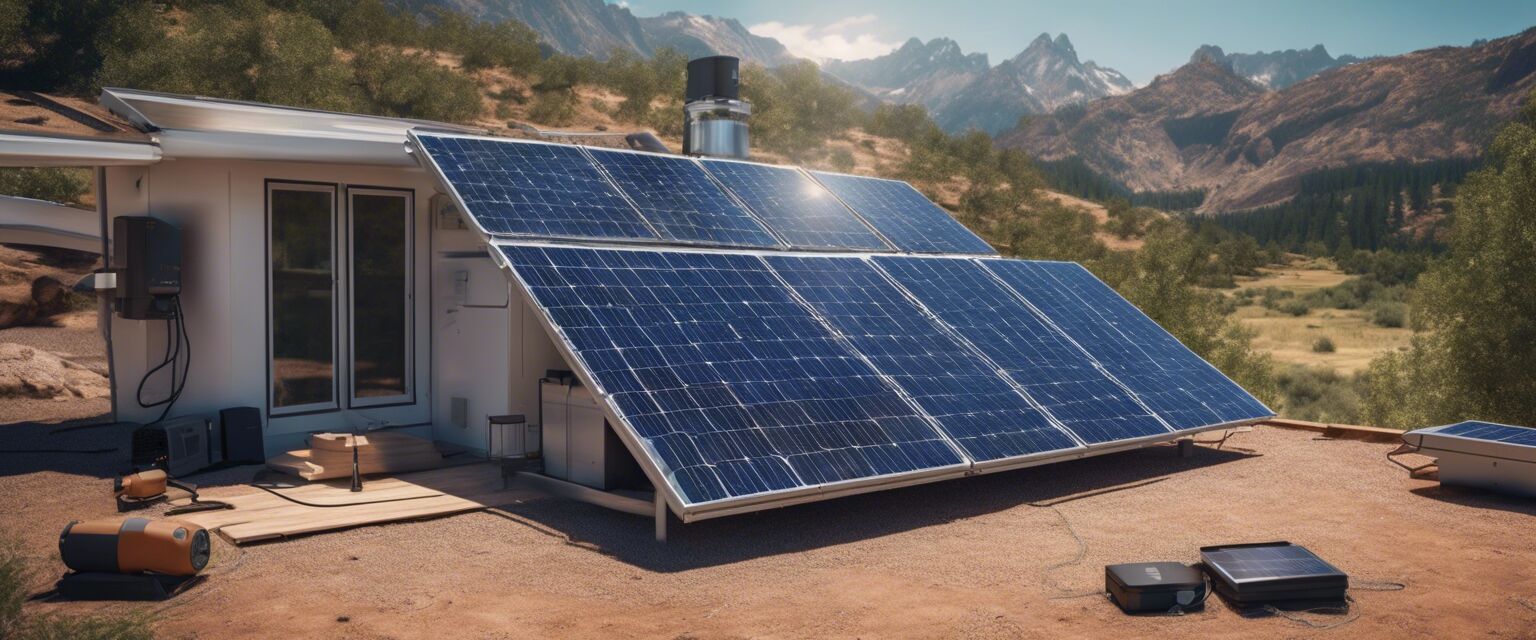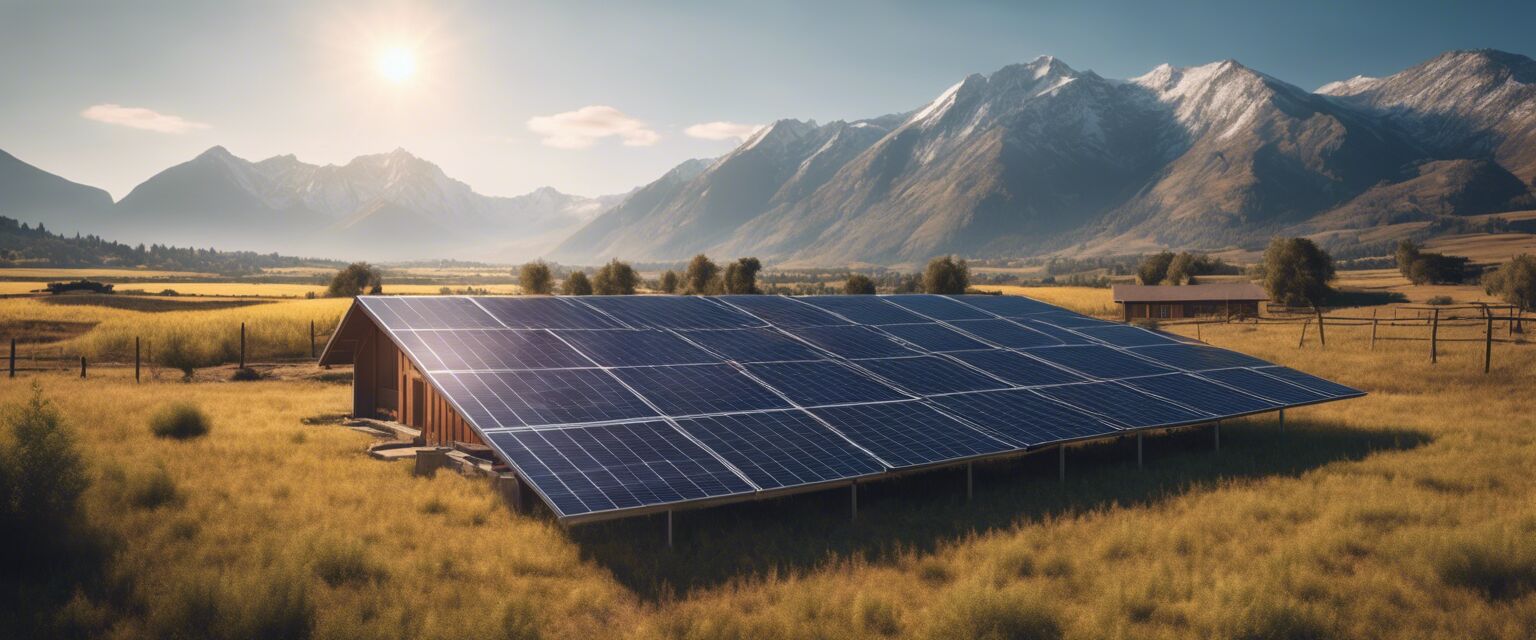
Off-Grid Inverters
Key Takeaways
- Off-grid inverters convert DC power from solar panels to AC power for home use.
- Choosing the right inverter is crucial for maximizing energy efficiency.
- Different types of inverters are available, each suited for specific applications.
- Proper installation and maintenance ensure optimal performance.
Understanding inverters is key for anyone looking to harness solar energy for their home. Off-grid inverters play a crucial role in converting the DC (direct current) electricity generated by solar panels into AC (alternating current) electricity, which is used by most household appliances. This article delves into the different types of off-grid inverters, their functions, and what to consider when choosing one for your solar system.
What is an Off-Grid Inverter?
An off-grid inverter is a device that allows you to use solar energy without being connected to the utility grid. This means that you can generate, store, and use your own electricity, providing you with energy independence. Off-grid systems typically include solar panels, batteries for storage, and the inverter itself.
Types of Off-Grid Inverters
| Type | Description | Best For |
|---|---|---|
| Pure Sine Wave Inverters | Produces clean, smooth AC power suitable for all electronics. | Most household appliances, sensitive electronics. |
| Modified Sine Wave Inverters | Less expensive but produces a choppier power output. | Basic appliances like lights and fans. |
| Grid-Tie Inverters | Used in hybrid systems that connect to the grid. | Homes that want both grid and solar energy. |
How Do Off-Grid Inverters Work?
Off-grid inverters take the DC electricity stored in batteries or generated by solar panels and convert it into AC electricity. This process makes it possible to power everyday household items like refrigerators, televisions, and computers. The inverter continuously monitors the battery status and adjusts the output to ensure a constant power supply.
Benefits of Using Off-Grid Inverters
- Energy Independence: Generate and use your own power.
- Cost Savings: Reduce electricity bills over time.
- Environmental Impact: Utilize renewable energy sources.
- Backup Power: Keep essential appliances running during outages.
Choosing the Right Off-Grid Inverter
When selecting an off-grid inverter, consider the following factors:
- Power Rating: Ensure the inverter can handle your peak load requirements.
- Efficiency: Look for high efficiency ratings to minimize energy loss.
- Features: Some inverters come with built-in charge controllers or monitoring systems.
- Compatibility: Ensure it works well with your solar panels and battery storage.

Installation and Maintenance Tips
Beginners Section
- Hire a professional for installation if you're unsure.
- Regularly check battery levels and connections.
- Keep the inverter clean and free from dust.
- Monitor the system performance and troubleshoot any issues immediately.
Common Questions About Off-Grid Inverters
1. Can I use any inverter with my solar panels?
No, you'll need to choose an inverter that's compatible with your specific solar panel system and energy needs.
2. How much power do I need for my home?
This depends on your energy consumption. Calculate the total wattage of your appliances to determine your requirements.
3. How long do off-grid inverters last?
With proper maintenance, off-grid inverters can last 5-15 years, depending on the brand and usage.
Conclusion
Off-grid inverters are essential for anyone looking to become energy independent through solar power. By understanding the different types, how they work, and what to consider when choosing one, you can make an informed decision that best suits your needs.

Pros
- Provides energy independence and reliability.
- Can lower electricity bills over time.
- Environmental benefits by using renewable energy.
Cons
- Upfront costs for purchasing and installing the system.
- Requires maintenance and monitoring.
- Performance may vary based on sunlight availability.
Related Resources
For more information on solar energy systems, check out these pages:











